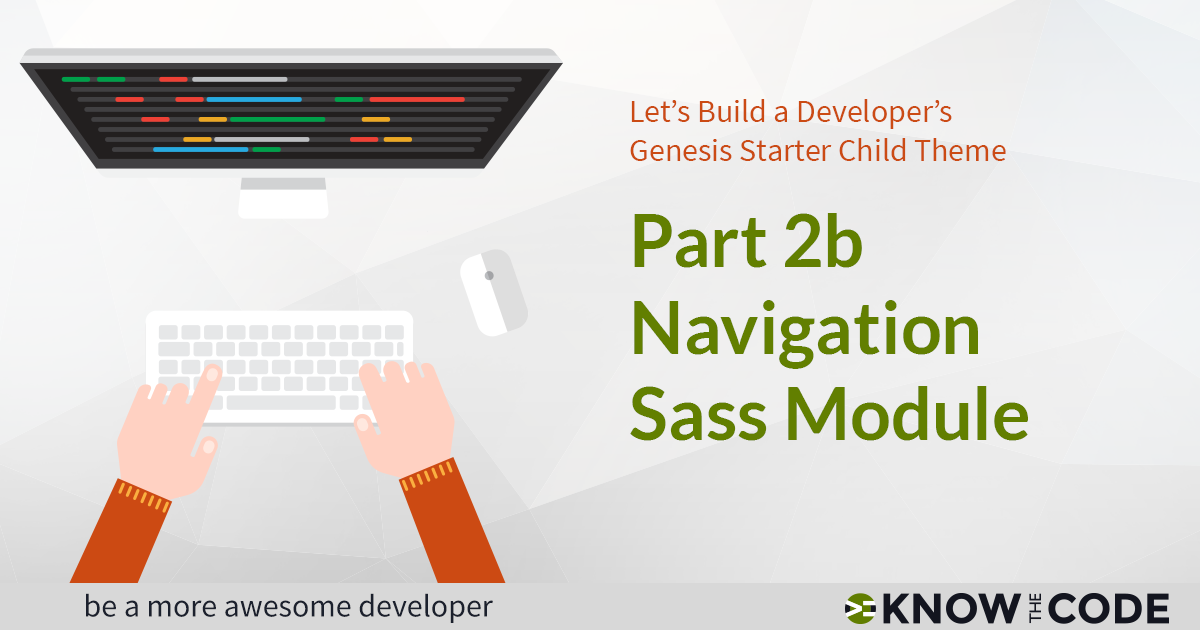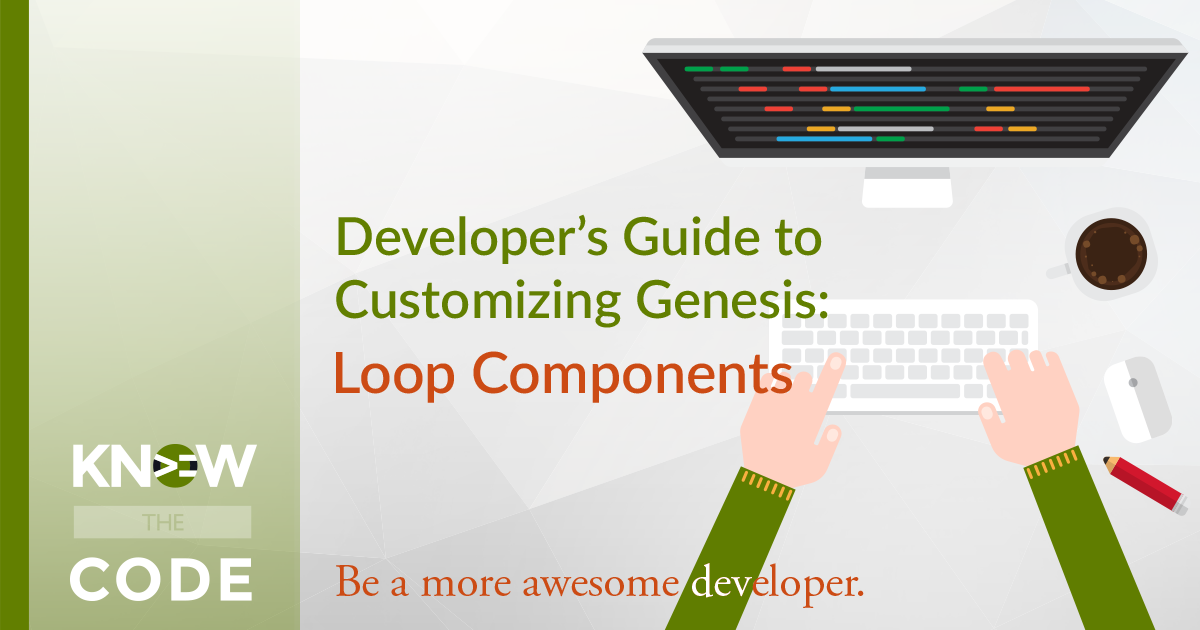In software and programming, you hear the term packages and modules. It’s a principle and pattern of how we group code into like functionality, features, and components. In blogging, we group like content with categories to identify a central message. It’s similar in programming, where you take the web page and break it down, grouping like items together and then building the module for each of them. Modular programming is a software design technique that emphasizes separating the functionality of a program into independent, interchangeable modules, such that each contains everything necessary to execute only one aspect of the desired […]
Labs
Labs are hands-on coding projects that you build along with Tonya as she explains the code, concepts, and thought processes behind it. You can use the labs to further your code knowledge or to use right in your projects. Each lab ties into the Docx to ensure you have the information you need.
Each lab is designed to further your understanding and mastery of code. You learn more about how to think about its construction, quality, maintainability, programmatic and logical thought, and problem-solving. While you may be building a specific thing, Tonya presents the why of it to make it adaptable far beyond that specific implementation, thereby giving you the means to make it your own, in any context.
Lab Introduction
Let me introduce you to this lab, what you will be actively building, as well as the concepts that you’ll be learning.

Pagination Styles
Pagination is wrapped in with the content styles. However, pagination is navigation. Therefore, let’s pull it into the navigation module and walk through the same process we’ve done throughout this lab. Then we’ll walk through and ensure everything is finished and loaded into the index.php file. Lab’s Final Code Get the final code for this lab on GitHub by clicking on this button. This is the code you are building, as you and I walk through how and why, as well as refactoring and other alternatives to make it your own. The Sass navigation files are found in our GitHub […]

Accessible Navigation Styles
@include to bring in the Bourbon mixin for transform.

Primary and Secondary Navigation
Before you start this video, see if you can migrate over the media queries, assign color variables, and do the refactoring. Then work with Tonya to walk through the refactoring strategies. Remember you can setup the variable names and nesting the way you want for what fits your workflow.

Base Styles
Step one is to find and migrate in all of the media query styles and load those into the base styles partial. Remember the strategy is to have all of the styles for a component, module, or attribute to be within the file. We do discuss optimization strategies too with thinking about how to break down your styles. In this episode, you will start using Bourbon.io functions, such as rem to convert pixels to rems. First you look at the functions available to you in Sass. The pixel to rems conversion is not native to Sass. Therefore, you will use […]

.js Media Queries
You will start looking at the media queries for the menu styles. We start down the direction of pulling those into the base, but then quickly realize that the .js styles need their own partial file. You will work with Tonya through the process of thinking about how to port the styles over into the new theme. She discusses different strategies and ways of laying out the media queries within the navigation module. Then you will begin refactoring. See if you can do this task on your own. Then work with Tonya to see different ways to refactor. This episode, […]

Lab Introduction
In this lab, you and I are going to finish the navigation module by bringing in the media queries, pagination, and more.

Wrap it Up
Oh man, your head should be huge now as you learned so much in this 5 hour, two-part hands-on lab. But the Loop is the key concept in WordPress. I’m proud of you and here’s a personal message from me to you.

The Loop Else – No Posts Found
If there are no posts available for the criteria, you want a message to alert the reader. Genesis provides you with both an event called genesis_loop_else and a function genesis_do_noposts which provides this message. You can customize the message by using the filter genesis_noposts_text.
